It’s important to remember that summer fun in the pool is not without its risks. The reality is that drowning accounts for the majority of accidental deaths in children between the ages of one and four. With ample supervision and safety precautions in place, though, your family can spend more time splashing and playing and less time worrying.
Inground Pool Covers
The first line of defense against accidents is a pool safety cover. As there are several different types on the market, it’s important to understand how each one operates.
-
- Automatic covers: These covers are activated by the push of a button and provide complete coverage within a matter of seconds. Once secured, an automatic safety cover cannot be penetrated should wandering feet or paws decide to test its durability. The weight of both children and pets is fully sustainable, as long as you use a cover pump to remove excess water.
- Solid/Mesh covers: Though you can use these daily, these are typically seasonal covers and require set-up and removal between uses. In terms of safety, the covers are made with overlapping seams for maximum durability and can be custom fit to ensure no areas of the pool are left exposed. While solid/mesh covers do offer protection, automatic covers are considered superior by the American Society for Testing and Materials International (ASTM).
Other Safety Precautions
While pool safety regulations can vary from state to state, homeowners are encouraged to have other measures in place aside from a pool cover.
- If you have young children, consider installing a fence or gate (at least five feet high) with a self-closing door.
- Pool alarms are another great safety feature to alert of children in or around the pool and may even include flashing lights for added security. While noisy “false alarms” are inevitable, most would agree that the mild inconvenience would be well worth it.
- Automatic Pool Covers can connect over WiFi and send alerts to your phone if the cover is opened or closed while you’re away.
- For larger pools, rope and float lines may be necessary for swimmers (especially house guests) to distinguish between the shallow and deep ends.
- Even the seemingly small measures can prove life-saving in an emergency. For example, you might install a phone on the outside deck or patio so that you can easily call for help without leaving the scene. Keep a first aid kit outside along with a laminated list of emergency contact phone numbers.
Once you have considered all safety features from inground pool covers to fencing, understand that the single most important step you can take to ensuring the safety of your children is constant, uninterrupted adult supervision. Know the signs of drowning. Enroll your children in swim lessons as early as possible. Educate yourself in first aid and CPR. Lastly, don’t turn your back, even for a few moments, without another adult supervisor to take your place. You can still have fun while putting safety first.

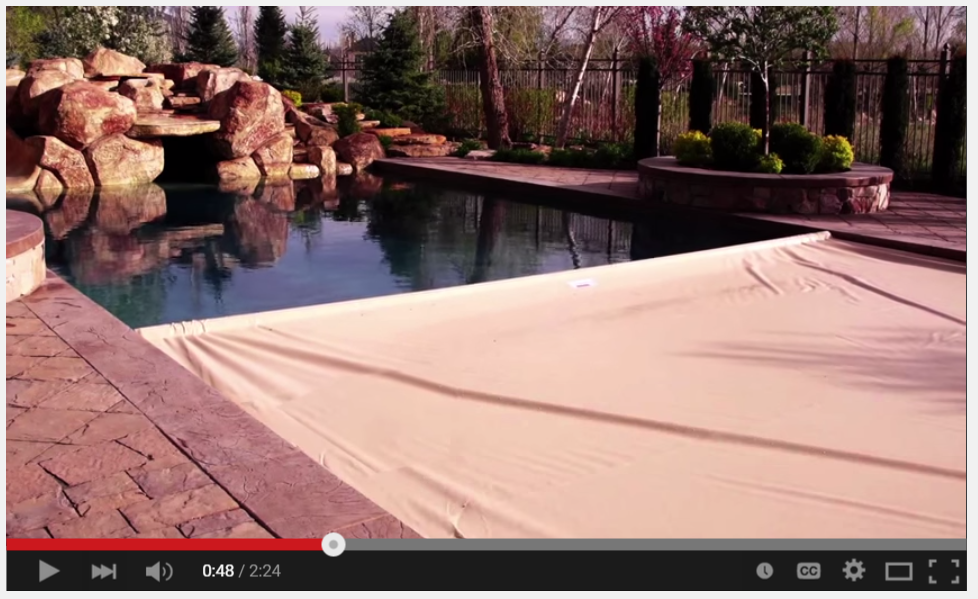

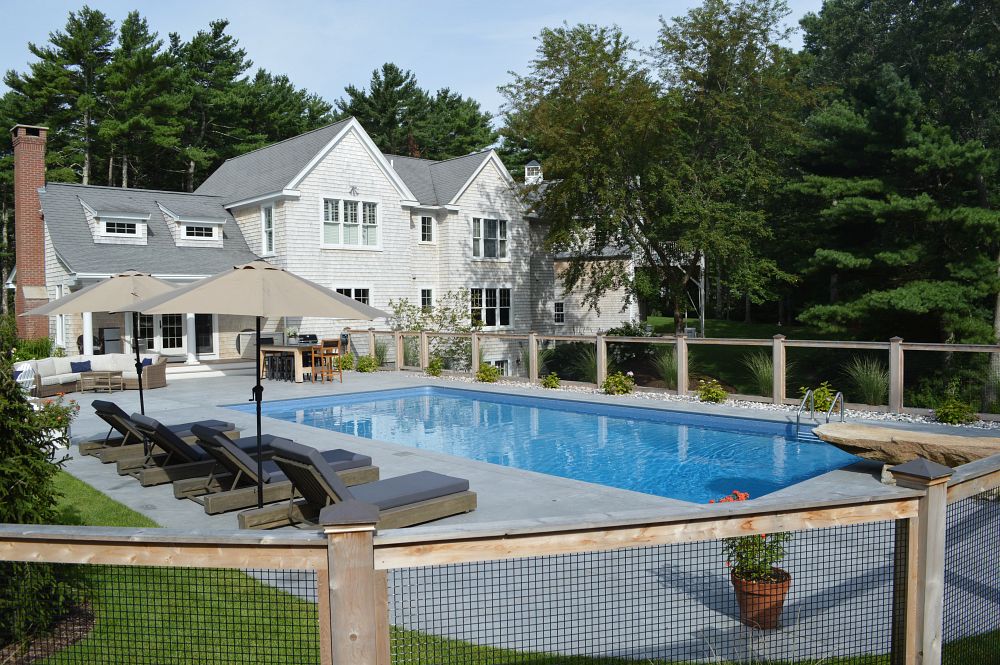
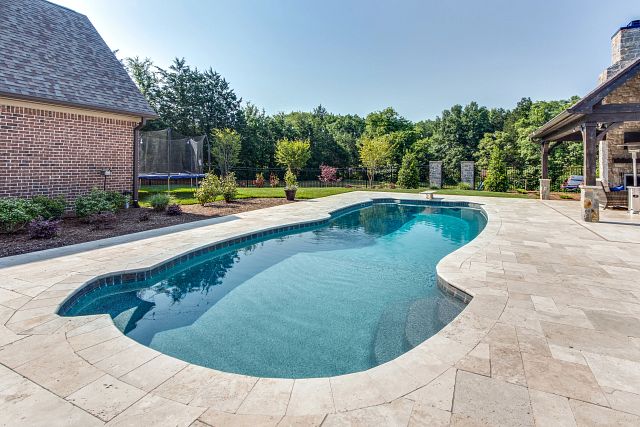
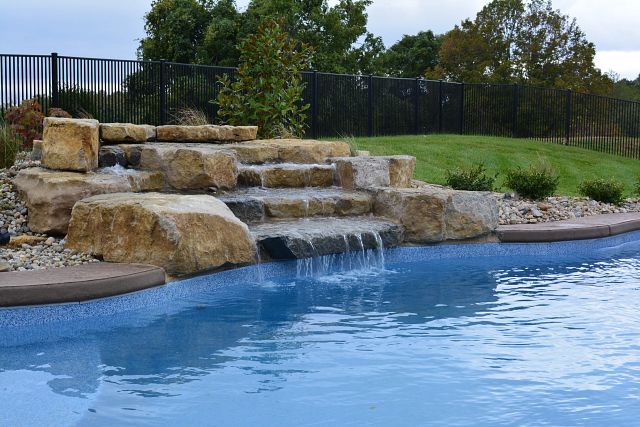
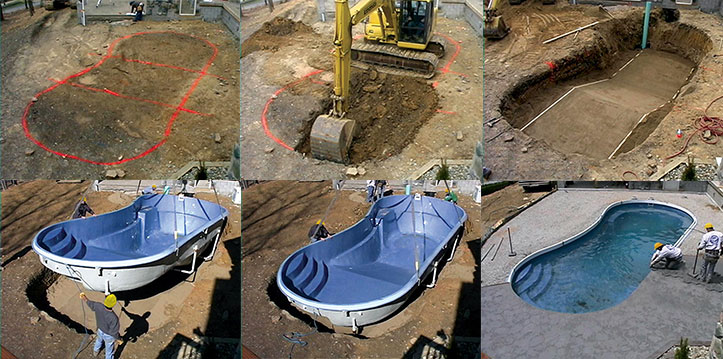
Join the discussion